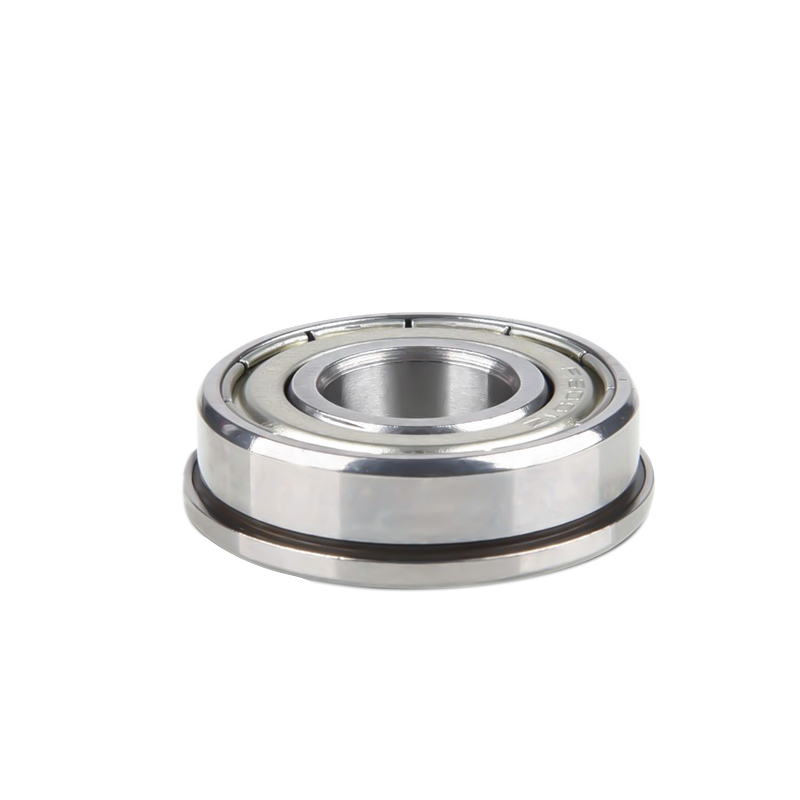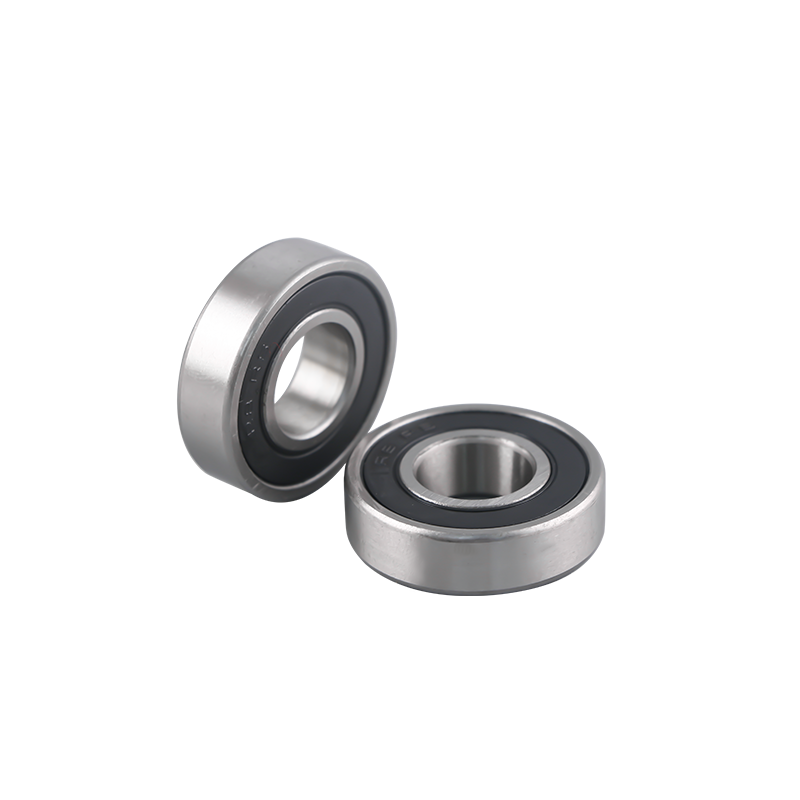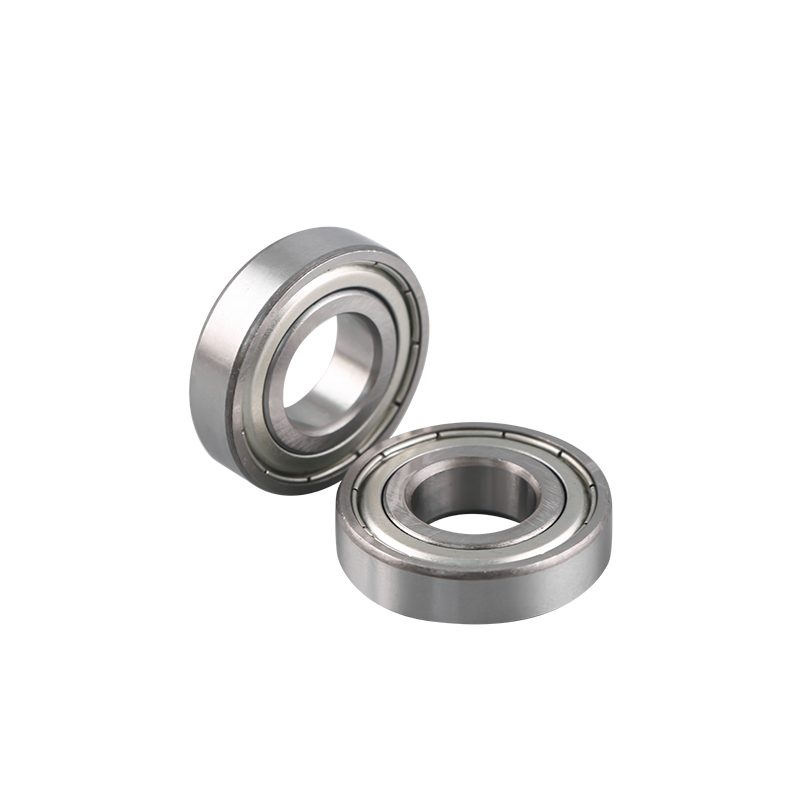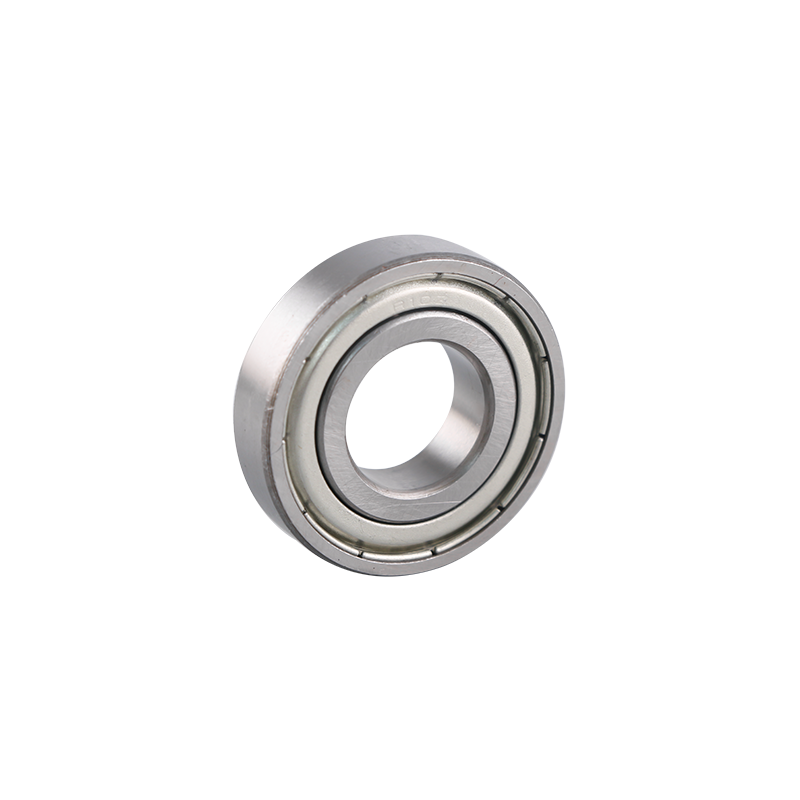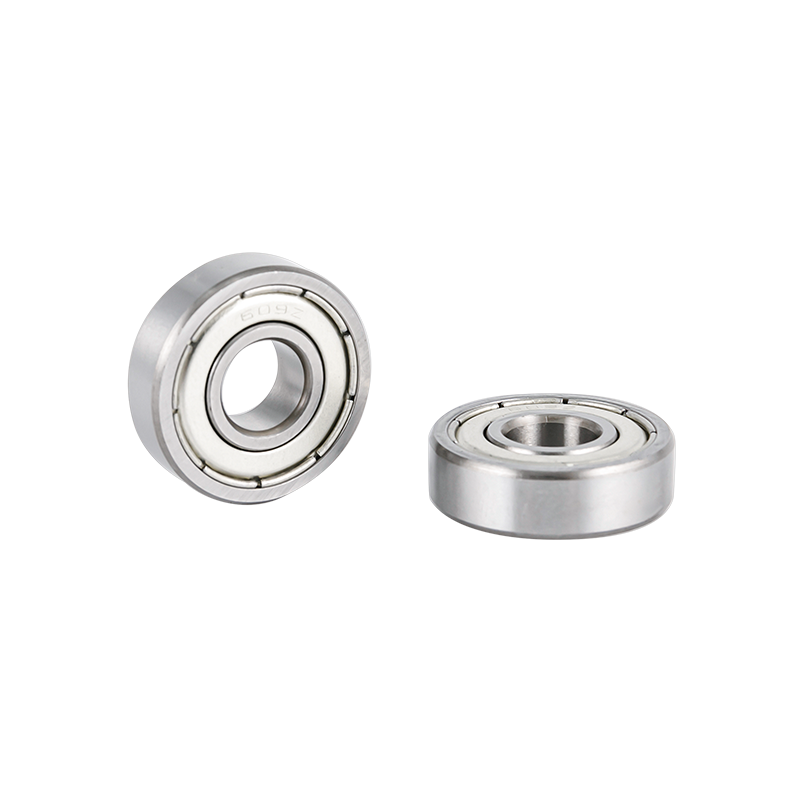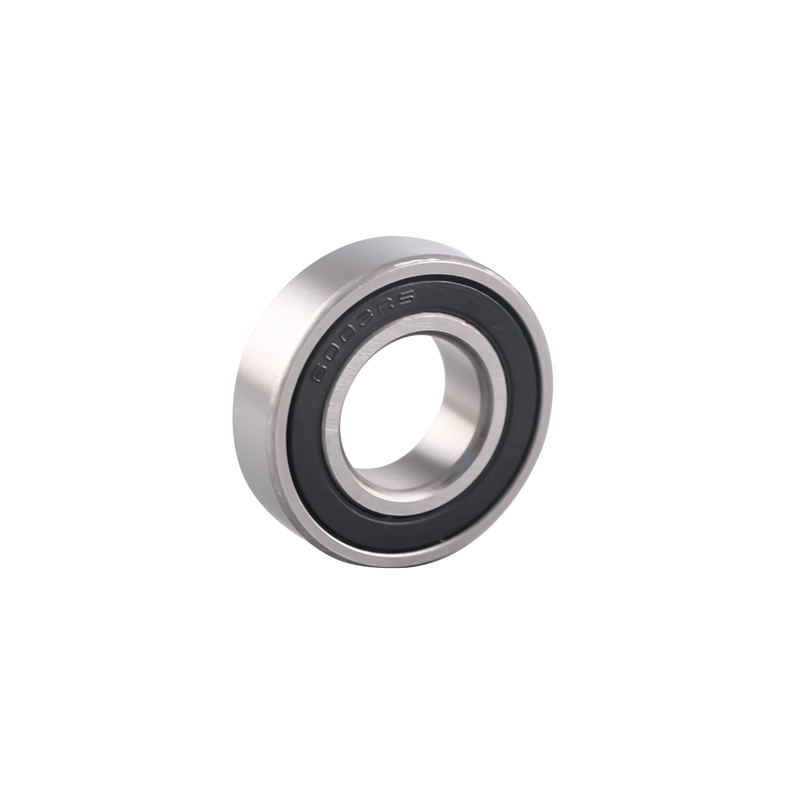Load support and distribution are critical functions of
ball bearings, ensuring the efficient transmission of forces within machinery and equipment. By effectively managing applied loads, ball bearings prevent excessive stress on individual components, leading to improved performance, increased durability, and enhanced reliability of the entire system.
Load Capacity:
The load capacity of a ball bearing refers to its ability to carry and withstand loads without failure or excessive deformation. It is a fundamental characteristic that determines the bearing's suitability for specific applications. Load capacity is typically categorized into two types:
Radial Load Capacity: Radial loads are forces acting perpendicular to the shaft's axis. In applications where the primary load is radial, such as in electric motors or conveyor systems, radial load capacity is a crucial consideration. Deep groove ball bearings, for example, are commonly used for handling radial loads.
Axial Load Capacity: Axial loads are forces acting parallel to the shaft's axis. Applications such as thrust bearings in automotive transmissions or axial fans require bearings with high axial load capacity. Angular contact ball bearings and thrust ball bearings are commonly used to support axial loads.
Dynamic and Static Load Ratings:
Dynamic and static load ratings are essential parameters that provide critical information about a ball bearing's load-carrying capabilities:
Dynamic Load Rating: The dynamic load rating of a bearing is the maximum load it can withstand while rotating at a constant speed for a specified number of revolutions (usually one million). Exceeding the dynamic load rating can lead to premature wear, fatigue, and potential failure of the bearing.
Static Load Rating: The static load rating refers to the maximum load a bearing can support without incurring permanent deformation. It is a crucial parameter for applications where the bearing remains stationary under heavy loads, such as in machine bases or structural supports.
Load Distribution:
In many applications, ball bearings are used in pairs or groups to achieve better load distribution and balance. Proper load distribution is essential for preventing overloading of individual bearings within the system, which can lead to premature failure. There are several techniques to achieve load distribution:
Tandem Arrangement: In a tandem arrangement, two or more bearings are positioned in a line along the shaft, with each bearing carrying a portion of the load. This configuration is suitable for applications with heavy axial loads but limited radial loads.
Back-to-Back Arrangement: In a back-to-back arrangement, two bearings are mounted with their inner rings facing each other and their outer rings facing away from each other. This configuration provides good load distribution for both radial and axial loads.
Face-to-Face Arrangement: In a face-to-face arrangement, two bearings are mounted with their inner rings or outer rings facing each other. This arrangement is commonly used to support axial loads in opposite directions.
